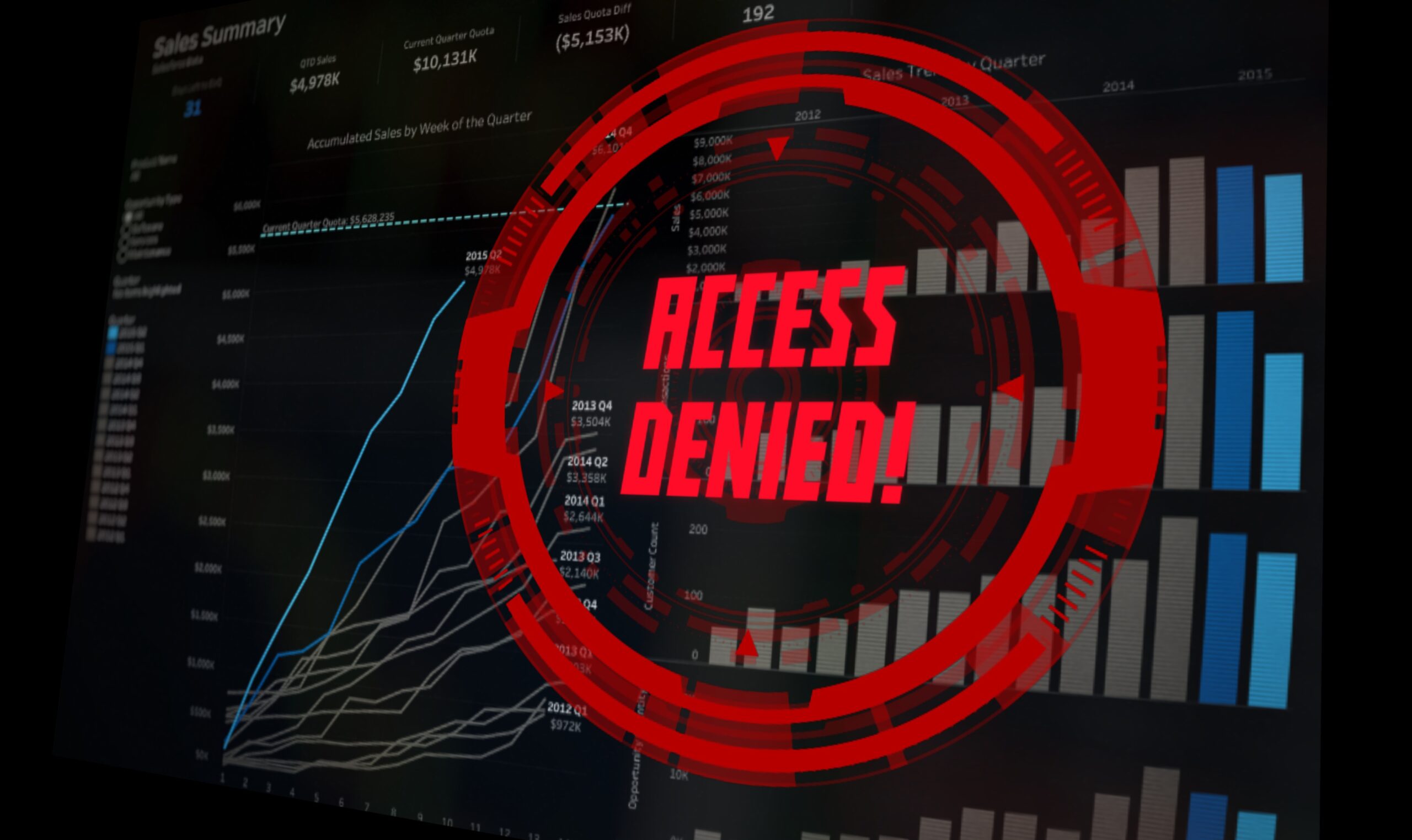The pandemic illustrated the importance of work to improve a service offering support for society’s most vulnerable, product owner Sharron Wise tells PublicTechnology
Credit: 3D Animation Production Company from Pixabay
The team working on delivering a new digital service for government’s Budgeting Loans service “were asked to accelerate work” when the Covid-19 pandemic struck last year, according to product owner Sharron Wise.
The loans, delivered by the Department for Work and Pensions, are available to citizens that have been receiving certain benefits – Income Support, Jobseeker’s Allowance, Employment and Support Allowance, and Pension Credit – for at least six months.
Offered as an interest-free loan repayable over up to two years via automatic deductions from benefit payments, applicants could receive as much as £812. This money is offered to support short-term emergency expenses such as buying household golds, moving house, or funeral costs.
Despite the fact the service is clearly intended to serve those with urgent needs – never more so than during the last year – previously it took as long as eight weeks to process applications.
Wise tells PublicTechnology that the recent redesign, and concurrent move away from an underpinning legacy system, took place under the banner of a simple mission statement: “pay loans quicker”.
PublicTechnology: What is the Budgeting Loans service – and why is it important for those who use it?
Sharron Wise: Budgeting Loans are interest-free loans which are repayable from benefit awards. They are designed to help people, who have been in receipt of a qualifying benefit for at least six months, with intermittent expenses that are considered difficult to budget for. For example: furniture or household items; clothing and footwear; rent in advance or removal expenses; home improvements, maintenance or security; travelling expenses within the UK; help with looking for or starting work including childcare costs; maternity or funeral expenses; and repaying hire purchase (HP) or other debts that have been taken out to pay for any of the above.
1.4 million
Number of applications for Budgeting Loans made each year
12 hours
Average time it now takes for users to receive a decision
250,000
Additional users DWP hopes to enable via an update due to take effect in March 2021
The budgeting loans service supports some of DWP’s most vulnerable citizens at a time of unexpected financial need or when an unexpected life event occurs. The policy intent is to help them to avoid hardship and risky forms of borrowing. Budgeting Loans is a priority service line, processing 1.4 million applications per year.
Some of the reasons our customers told us why they needed an online service include:
Most of us need money urgently when we make these requests.
If it was all online, you’d send an email to offer it, and I’d go back online to accept it, it should all be easier.
It would be better over the Internet; I’d have got the information without having to call.
What was the catalyst for redesigning it, and where did the process begin?
The catalyst for redesigning the service was to significantly improve the customer journey. When coronavirus struck we were asked to accelerate the work as citizens struggled even more. They told us it was harder to ask friends or family to help out as more people were struggling financially. People also cited the social distancing rules and isolation, for example having to pay for a taxi or public transport when before they may have been offered a lift.
Using agile methodologies during the discovery period the team identified the biggest pain points. Citizens told us the process was taking too long and they couldn’t afford to wait
The coronavirus also had a significant impact on the team, as we moved to remote working from home. However, the team adapted quickly, embracing different ways of working, to deliver a solution as quickly as possible that met the user needs.
The policy intent is to help users to avoid hardship and risky forms of borrowing; Budgeting Loans is a priority service line
Adapting our user research plan, we continued working with a wide range of key stakeholders, engaging in conversations and design work, to develop a prototype that we were able to test with users. This gave us crucial feedback to enable us to iterate and verify that we were meeting their needs.
Factoring in the requirements of security, fraud, and technical constraints, we identified what our minimal viable product should look like so we could start developing.
What role did colleagues in policy and delivery play in the process?
Throughout the whole project the Grants and Loans digital team worked in close collaboration with a vast range of key stakeholders including Policy, Legal, Strategy, Service Design, Digital Automation and Telephony Efficiencies, the Intelligent Automation Garage, and operations colleagues. Without the sharing of knowledge, cooperation, unwavering belief and support, reimagining budgeting loans wouldn’t have been possible. As the product manager I’d like to say a massive thank you to all our truly amazing colleagues for helping us transform the service.
What benefits did you hope to achieve through the redesign – and to what extent have they been achieved?
Our problem statement was simple: Pay budgeting loans quicker.
Through the redesign, we transformed the service drastically reducing the time to receive the loan from a period of six to eight weeks to within five days using a totally agentless service. We fully met all the key performance measures we set out at the beginning to measure the success of the service.
Customers told us: “I’m so impressed by how fast this service is to apply online; the service is excellent – I am totally blind and it is fully accessible both on my laptop and on my iPhone; [and] I found this service to be faultless, extremely easy to use and took less than one minute from start to finish”.
Eight weeks
Length of time it could take to process applications using the legacy system
‘Pay loans quicker’
The simple problem statement underpinning the service redesign
Five days
Average time within which loans are now being received by users
How challenging was it to move away from the legacy system?
Extremely challenging; however, the team had a very patient and talented solution architect who had an amazing way of explaining even the most complicated architecture. He worked diligently with our colleagues in the intelligent automation garage to design the best possible solution in the shortest timeframe.
How did the DWP allow users to securely verify their identity?
We were able to verify customer identity securely by checking data against existing systems. We also gained approval to use a one-time code for them to access the service.
When coronavirus struck we were asked to accelerate the work as citizens struggled even more; they told us it was harder to ask friends or family to help out as more people were struggling financially
How important was the GOV.UK Notify platform in achieving the transformation of the service?
Introducing GOV UK Notify to issue update notifications, including a unique security code which the citizen used to access their digital loan offer was critical to the success of the service. We are now working with the Pensions Service to reuse our Notify component.
What is next for the Budgeting Loans service, and how might it be further improved or iterated in the future?
The team are currently working on the 25% of customers that fall out of the digital process as a business or technical exception. This piece of work which is due to be released in March 2021 and will enable us to put 250,000 more citizens on the digital journey.



